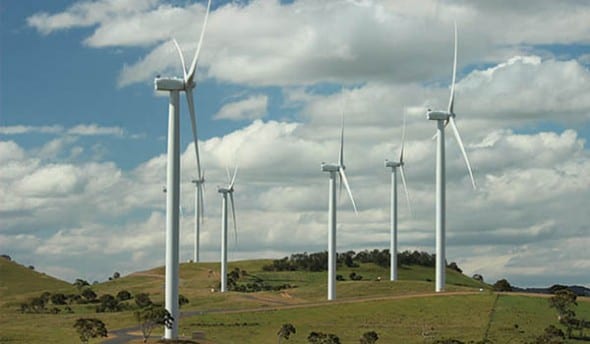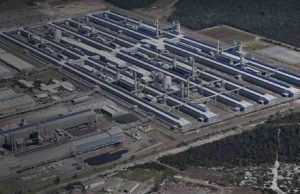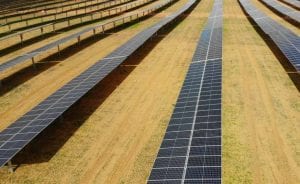Environment minister Greg Hunt has urged Australian states to adopt reverse auctions if they wanted to install more renewable energy than is currently contemplated under the renewable energy target.
 He also revealed that he hosted a meeting last week of utilities, developers and financiers – and the industry regulator responsible for meeting the renewable energy target – in an attempt to ensure that new wind and solar farms were in fact being built.
He also revealed that he hosted a meeting last week of utilities, developers and financiers – and the industry regulator responsible for meeting the renewable energy target – in an attempt to ensure that new wind and solar farms were in fact being built.
Hunt, speaking at an OECD side event at the Paris climate talks, pointed to the reverse auctions run by the Labor government in the ACT, which is using the system to reach a 100 per cent renewable energy target by 2025, and which have accounted for virtually all of the new build of large scale generation in the last few years.
“It (a reverse auction) is a very effective mechanism of price discovery,” Hunt said when asked by RenewEconomy if the government would consider using auctions itself as a means to encourage new investment in large scale renewables, which remains stalled despite a new deal – and a cut – to the federal renewable energy target.
“We are not proposing any change to the Australian policy having just settled it, but I have encouraged the states that if they want to do something extra, (they should) apply reverse auctions to the renewable energy target in the way the Australian Capital Territory has done.”
That view may cause some controversy within the Coalition’s conservative rump, who have attempted, unsuccessfully, to have the government abandon the RET altogether, and who have a particular hostility towards wind farms.
Hunt rejected the idea that the RET had come to an effective halt, despite the absence of any new financing and construction since the revised RET target of 33,000GWh was agreed in May, and data which points to a steep fall in renewable energy investments over the last two years.
“It is not stalled,” he insisted. But he revealed he had met last week with large scale investors and generators and developers – as well as the Clean Energy Regulator – to discuss the situation.
“I’m expecting new announcements in coming months, it is gathering momentum and pace,” Hunt said.
Hunt is facing a difficult problem. The privately owned utilities remain on an effective capital strike, refusing to sign power purchase agreements or off-take deals on terms that could be attractive to developers and bankers.
This is despite the surge in the price of renewable energy certificates to around $74/MWh. That is potentially embarrassing for the government because those prices will be passed on to consumers. But there is now a suggestion that some developers are willing to take merchant risk and build projects without a contract.
The only deals being done right now are from state-owned utilities who need to catch up on their RET obligations and initiatives that include tenders – a sort of reverse auction – for new capacity. This includes the WA government owned Synergy, the Queensland government owned Ergon, and the Victorian and South Australian governments.
The Australian Renewable Energy Agency is also conducting a tender for $100 million in grants which may support around 200MW or more of large scale solar projects. It was inundated with offers representing more than 10 times that amount.
But Hunt’s suggestion went to various proposals from state governments to aim for higher individual renewable energy ratios. The federal Coalition is happy with 23.5 per cent, although it may have to rethink long term targets and incentives.
South Australia wants its share to rise to 50 per cent by 2025, Queensland is looking to 50 per cent by 2030, and Victoria is also being urged to adopt reverse auctions as it contemplates a target of more than 20 per cent.
“I think there is much merit in reverse auctions around the world,” Hunt said, acknowledging a reference from IEA renewables chief Paulo Frankl to auctions in Dubai, Egypt and elsewhere that had produced record low prices for wind and solar energy.”
But the IEA was also critical of Australia’s reliance on reverse auctions – used in the emissions reduction fund – as the only policy option. Frankl said relying on these reverse auctions, and not including a carbon price, would not work well in the long term.
“It can, but it it would be not be very useful,” Frankl said. “If you look at Brazil and Australia that is exactly what they are doing now, but in addition to that there should be a carbon price, which would give an additional signal.” (See more on that story here).








